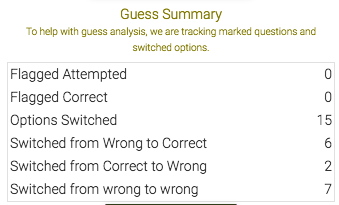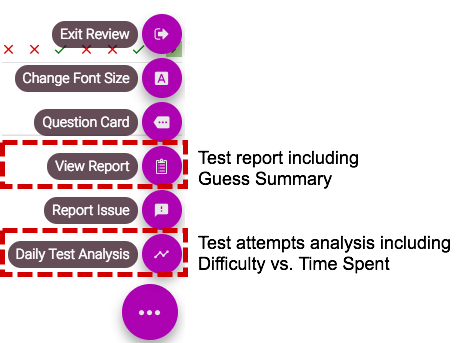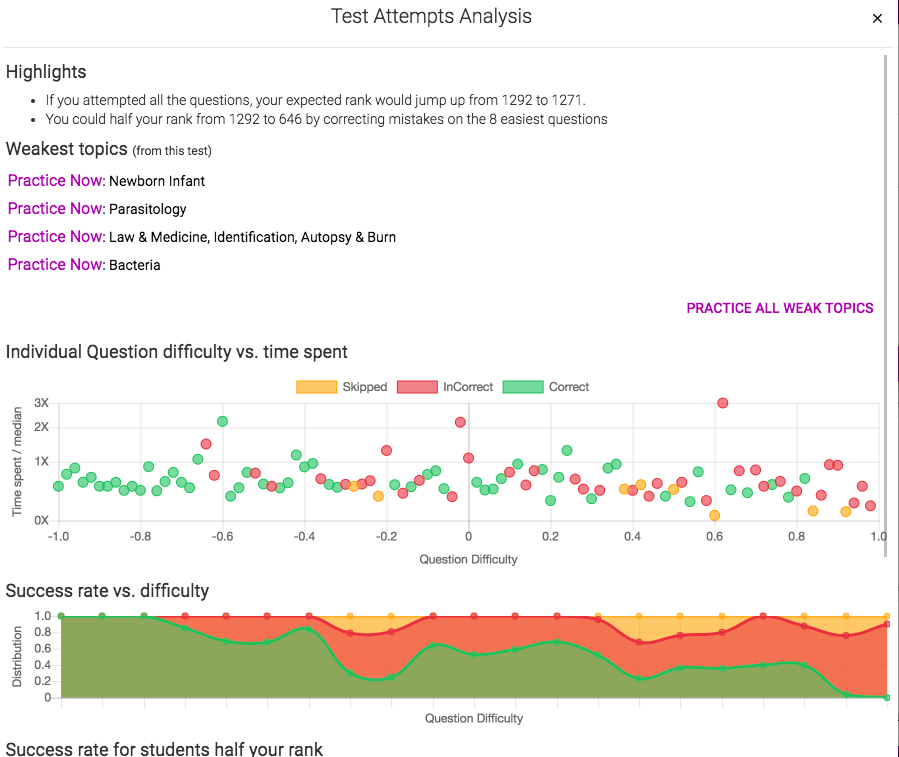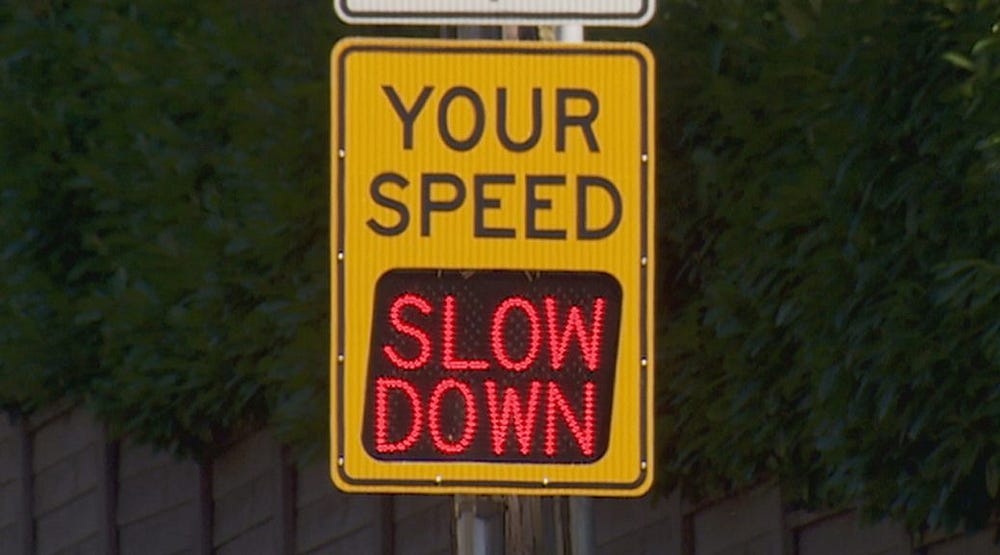You must slow down
Do you move too fast when attempting questions during practice and tests? If your Test Attempt Analysis looks like the example below, you are moving much faster than you should.

Why do I think you are moving too fast? Competitive tests are about speed — but only to an extent. You don’t get any credit for finishing the test too early. In other words, time management works both ways. Don’t be too slow. And not too fast.
Let’s take a closer look at this specific graph.
First, let’s discuss the axes:
- The x-axis is Question Difficulty. Questions below 0 on question difficulty are generally EASY or MEDIUM DIFFICULTY.
- The y-axis is Time spent vs. median time that other students spent on the question. If you are below the 1x axis for over 90% of questions, you are going too fast.
Insights
It is a good sign to get the wrong questions (the red dots) over the 1x line (see the questions in the red box in the exhibit below). It means that you are identifying these questions. The questions I have highlighted below are examples of where you knew you did not know the answer and tried hard to get them right.

On the other hand, all the questions you got wrong in the bottom left quadrant are ones that you are not spending much time on. There are at least 10 questions here that are the easy or medium difficulty that you got wrong AND attempted at half the time that other users took for these questions. Don’t you think you could get these right if you thought a little more about them and were a bit more careful? Those 10 questions represent 40 marks — each mark is worth 100 to 250 points in the competition range. You do the math on how much your rank is getting impacted by moving too fast. SLOW DOWN AND THINK MORE.


If you move fast, you can also utilize the time in the end to review questions. That said, it is usually a good idea to practice getting it right the first time. You can look into your guess summary to check how well you do on switching options. The next test you take on Pre-PG, just try moving a bit slower and see how well you do overall. Chances are that you will switch fewer options, but will also get more questions right.

What about your speed during Practice?
None of these insights are relevant only for tests. It is way worse to move too fast while solving questions during practice. Why? Because practice is about being more deliberate about the mistakes you make. If you are moving too fast, you are not taking the time to read through explanations.
There are two sure-shot ways to improve your rank. First, read through explanations of all the questions you get wrong. Second, engage in regular revision. It pays huge dividends if you do it well.
In our analysis of doctors in 2019, we found that those who read explanations and regularly revise improve their ranks by 0.91 percentile points per week relative to their peers. That's over 1,000 ranks of improvement per week on average!
The Takeaway
If you solve fast, you have the luxury of having more time to go slower. It is much easier to slow down when you go fast than to increase your speed if you are slow. All you need to do is PRACTICE GOING SLOWER. Going too fast is a bad habit that you need to fix not just while practicing test-taking, but also when you practice MCQs. After taking tests, use test and guess analysis to check if you need to slow down. If done well, this might just be the one change you make that will get you the seat of your choice.
Relevant Charts on Pre-PG
Wondering where you find this graph? Just choose Daily Test Analysis from the flyout menu when you are reviewing tests on Pre-PG. You can get the Guess Summary by using View Report in the flyout menu.


